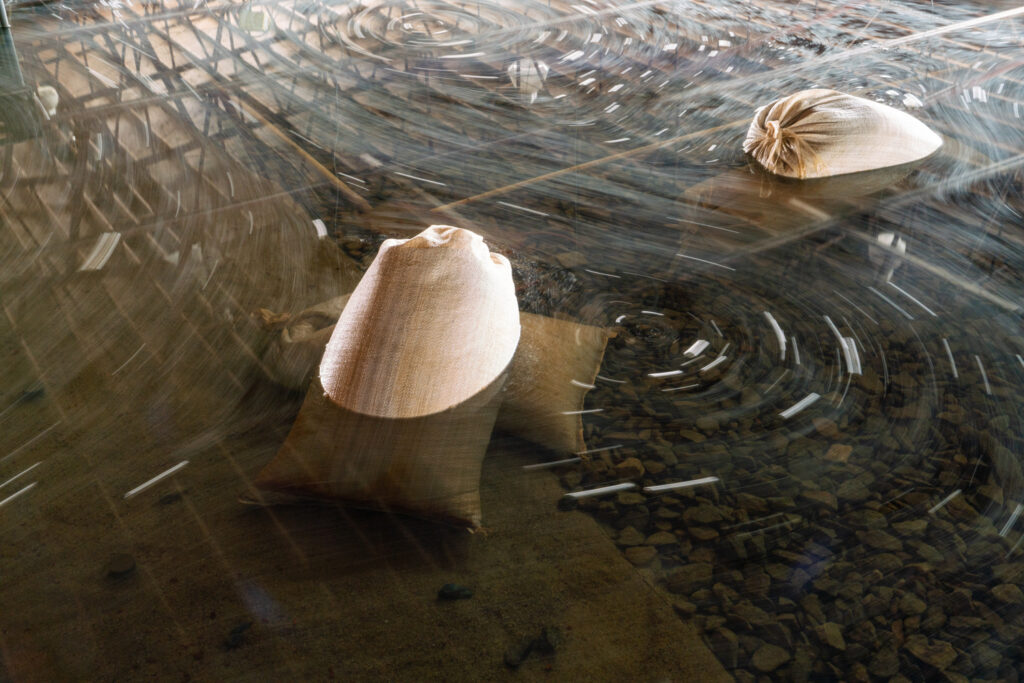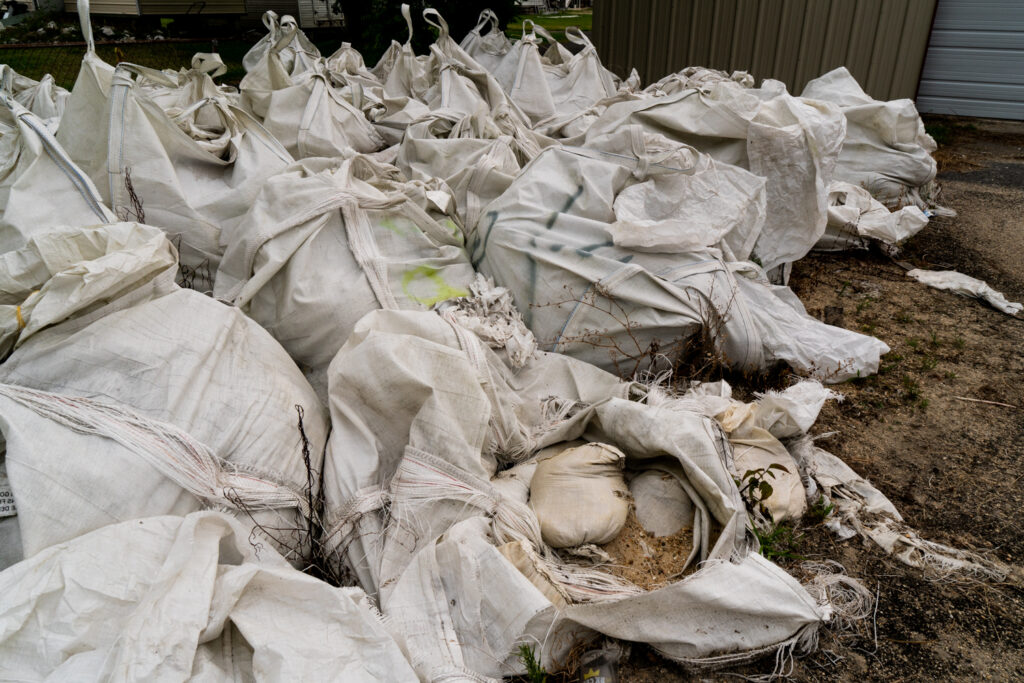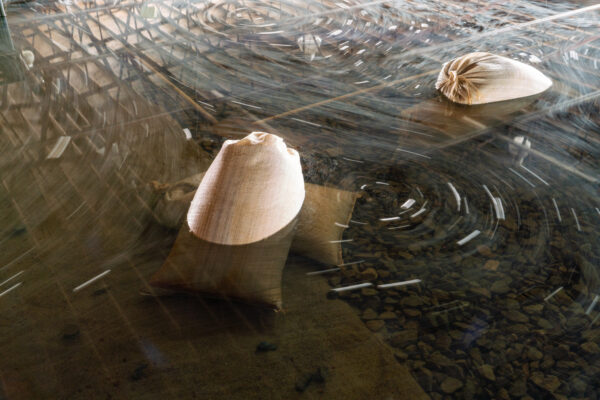Professor has award-winning focus
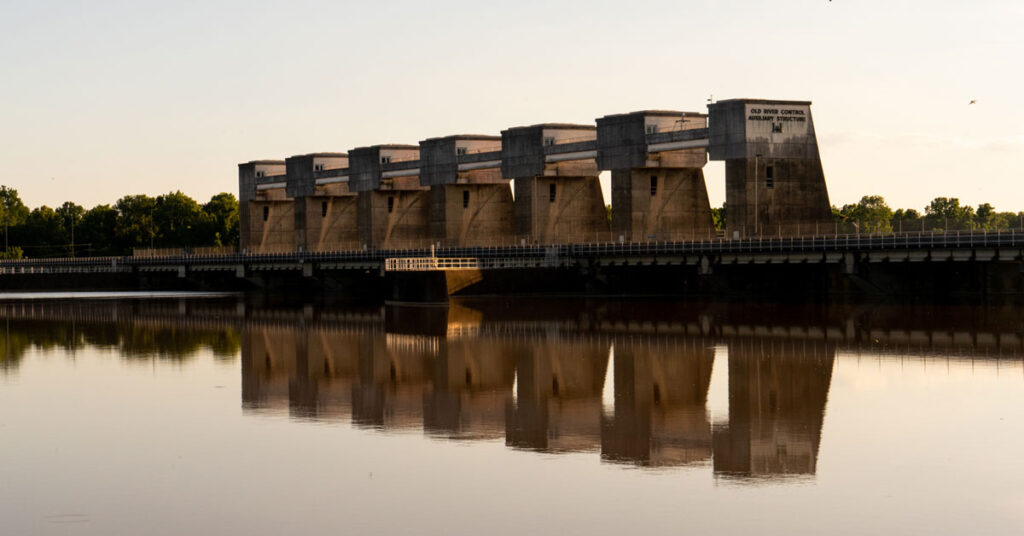
Leah Dyjak wins grant for photo project investigating intersection of daily life, ecosystems in Louisiana
Wheaton College Assistant Professor of Visual Art Leah Dyjak this summer won a $5,000 Me&EVE Grant from nonprofit organization Center Photographic Arts Santa Fe in recognition of Dyjak’s project titled “As we play God.” The professor describes the project as “a visual investigation into infrastructure failure and environmental collapse in the fastest-disappearing land on earth: Southeastern Louisiana.” It is a timely exploration as the region continues to experience natural disasters—the most recent being Hurricane Ida that brought catastrophic flooding in August. Wheaton magazine editor Sandy Coleman asked the professor about the work. View a gallery below.
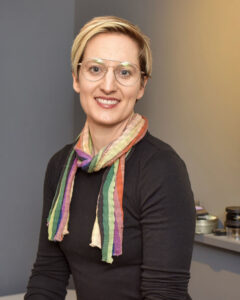
Tell us about “As we play God.”
“In this photographic and field research project, I consider the poetry of material systems failure to illustrate the overlooked human errors that collide in a once-inconceivable series to produce catastrophic events, such as levee breaches. My photographs attempt to unveil the absurdity of our reliance on outdated technologies—sandbags, small-scale physical models—intended to provide remedies for impending environmental collapse.”
What inspired you?
“On a road trip from Texas to Massachusetts, while I was in grad school, I took I-10, the southernmost route. The interstate over the Atchafalaya River delta is 18 miles of concrete and asphalt suspended over the water, the Atchafalaya Basin Bridge. It is the intersection of two massively complex systems, one natural and one engineered. This visual and conceptual collision encompasses so much of what I am interested in. I knew I would come back to the region to create work. The highway is such an absurd spectacle in the sense that you have all of this concrete, so necessary for daily living, hoisted over this dynamic, living ecosystem.
“I am interested in our collective relationship to water as a life force and threat. My photographic work attempts to trace the fine line between hope and denial. I am interested in how our perception of place is derived from an ever-shifting ‘river’ and always-constructed ‘levee’ edge and how we can settle into a false sense of safety within the confines of manufactured landscapes. Southern Louisiana’s disappearance was an obvious choice.
“I was very inspired by Elizabeth Kolbert’s essay ‘Louisiana’s Disappearing Coast,’ published in the New Yorker in 2019. After reading it, I just drove down there. At the time when I visited Louisiana in 2019, the Mississippi had been at flood stage for 211 days, just 49 days into the Atlantic hurricane season. It was the first time in history the river rose to these levels and the first time the Bonnet Carré Spillway—designed to divert the swollen river into Lake Pontchartrain to prevent New Orleans and the refinery’s upriver from flooding—was opened twice in the same year. It was an incredible time to start the project as New Orleans was essentially an island.”
What are you hoping to accomplish?
“Making work is a way for me to be with the water and my grief about what is happening with the climate. Materially speaking, in the long term, I would like the work to be big and in a space where viewers can have a physical relationship with what they are encountering. Scale is often obscured intentionally in my images and it is unclear where I was physically standing when I made the picture. This dislocation is important to me because it gets us out of our head, into our bodies and connects to something more visceral.”
Are there ties to your scholarship and coursework?
“The way landscape photography historically has been aestheticized often excludes conflict, contested histories and social-ecological concerns. In my teaching and artistic work, I center on all the other things photographs can do, such as creating links between the viewer and urgent social issues pertaining to the collective body and the experience of climate change. Photography can connect the dots between disparate fields. I identify with the emerging field of environmental humanities, which disrupts the divide between the humanities and the natural sciences. My work elevates cross-disciplinary collaboration with other areas of research in engineering, anthropology and geology. I find my students are increasingly concerned with locating meaningful, positive ways to contribute to the world through the cultivation of their passions and intellect. I try to find ways to support them in this process.”




